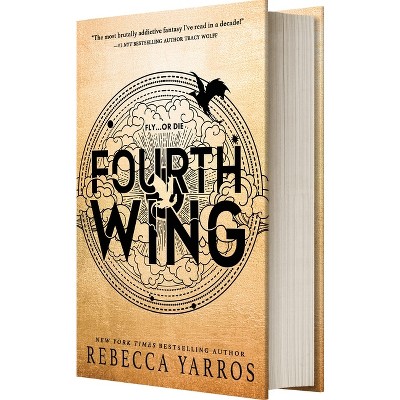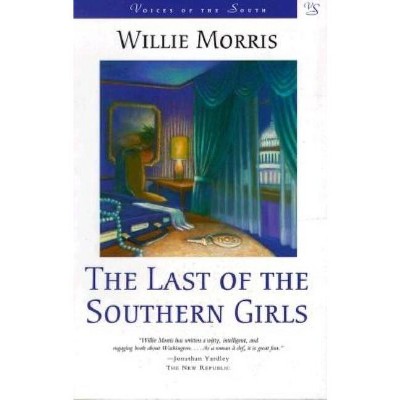About this item
Highlights
- Published amid controversy in 1926, Flight focuses on the dilemma of Mimi Daquin, a light-complexioned African American woman who passes, for a time, as white.
- About the Author: Walter White (1893--1955), a blond-haired, blue-eyed African American, was a native of Atlanta and an adopted New Yorker.
- 304 Pages
- Fiction + Literature Genres, General
- Series Name: Voices of the South
Description
About the Book
Published amid controversy in 1926, FLIGHT focuses on the dilemma of Mimi Daquin, a New Orleans creole who, for a time, passes as white. An unexpected pregnancy causes Mimi to abandon her prosperous family and move to Harlem. Racial attitudes of the times--by both whites and blacks--are compellingly portrayed by author Walter White (1893-1955), a blond-haired, blue-eyed black man and NAACP activist.Book Synopsis
Published amid controversy in 1926, Flight focuses on the dilemma of Mimi Daquin, a light-complexioned African American woman who passes, for a time, as white. In the New Orleans of her birth, Mimi never encountered the hierarchies of skin color that existed elsewhere. But when her family moves to Atlanta, she embarks on a lifelong lesson about what it really means to belong to a people. From the Atlanta riot of 1906 to her shameful expulsion from black bourgeois society because of an out-of-wedlock pregnancy, to her working-class status in Philadelphia and Harlem, Mimi eventually decides to escape her miseries by passing for white in New York City. There, her success exceeds her expectations but even so cannot quell a recurrent yearning.
From the Back Cover
Published amid controversy in 1926, Flight focuses on the dilemma of Mimi Daquin, a light-complexioned Negro who passes, for a time, as white. In the New Orleans of her birth, Mimi never encountered the hierarchies of skin color that existed elsewhere. But when her family moves to Atlanta, she embarks on a lifelong lesson about what it really means to belong to a people. From the Atlanta riot of 1906 to her shameful expulsion from black bourgeois society because of an out-of-wedlock pregnancy, to her working-class status in Philadelphia and Harlem, Mimi eventually decides to escape her miseries by passing for white in New York City. There, her success exceeds her expectations but even so cannot quell a recurrent yearning.About the Author
Walter White (1893--1955), a blond-haired, blue-eyed African American, was a native of Atlanta and an adopted New Yorker. His other works are the novel Fire in the Flint and an autobiography, A Man Called White. He was a major figure in the NAACP for more than three decades.
Shipping details
Return details
Trending Fiction












